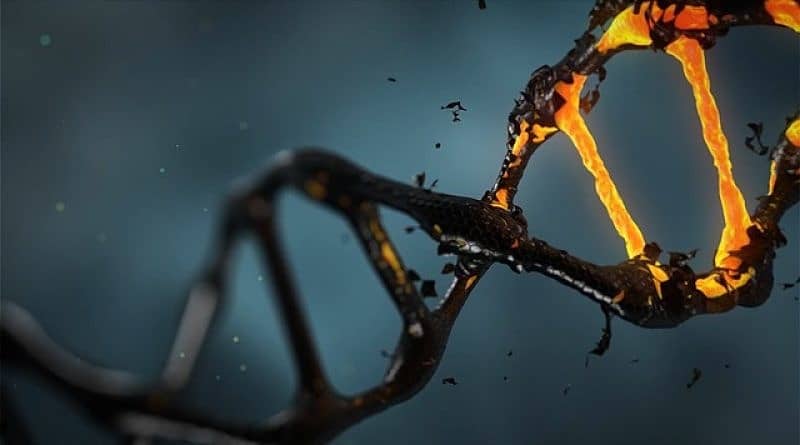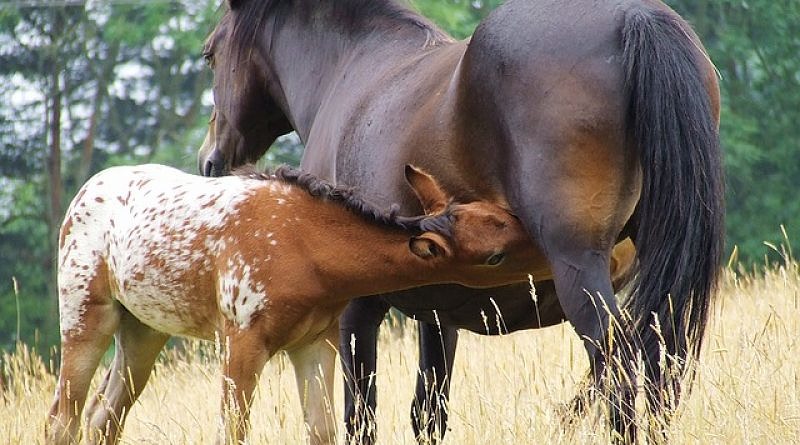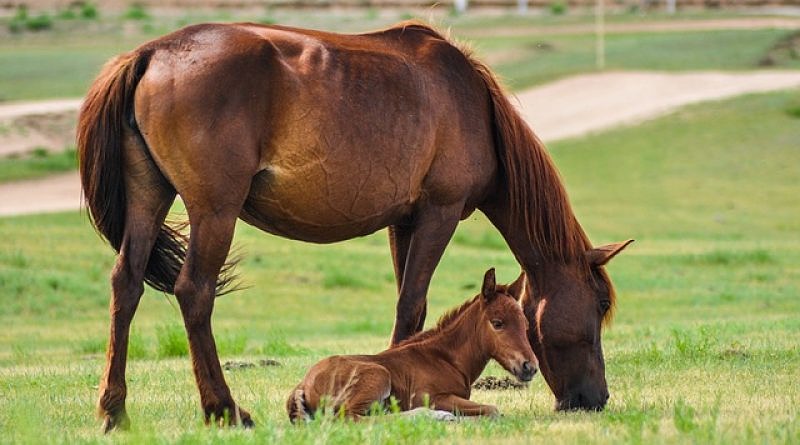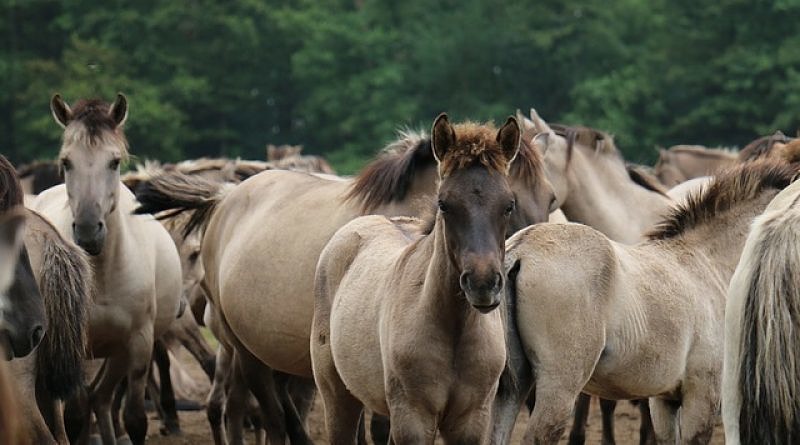Introduction to Genetics 3: Reading DNA recipes
What is involved in reading a gene? Discover how small changes in DNA produce so much variety!
Previously in this series: Introduction to Genetics 2: Writing down genetic recipes
The process of reading and carrying out the instructions written in DNA has multiple steps and is quite complicated. Fortunately, you don’t really need to know all the details! But it is important to understand the basics of what is going on. Remember, we said at the beginning that an organism is just a collection of bits and pieces of stuff put together in a specific way. Let’s expand on that a bit.
We can think of organisms as made up of two different kinds of stuff. One kind of stuff is complicated, active and functional – these are proteins. All of the real work in your body is carried out by proteins – they do stuff like build other molecules, move things around, filter things etc. The rest of your body is made up of simpler molecules like water, fats, and sugars.
Genes are simply instructions for making proteins. Pretty much everything else that goes on in your body is a result of these proteins interacting with each other and with other molecules (from food, water, air, etc). Remember that a genotype is the complete set of instructions for an organism and a phenotype is the resulting organism. That means we can think of an organism as working something like this:
Genotype -> Bunch of proteins -> Phenotype
A genotype is really just a way of saying which proteins should be manufactured. But how does a bunch of letters like “GATCATGCCCT” translate to a protein? The basic process is quite simple! Proteins are made by joining together smaller molecules called amino acids. All DNA has to do is to specify which amino acids should be joined together to make a protein. A chocolate chip cookie recipe, written in the same sort of way, would look something like “BUTTER SUGAR FLOUR EGGS CHOCOLATE”.
One difference from recipes though, is that only 20 different amino acids are needed to make all the different proteins in your body. DNA uses three letter ‘words’ to refer to each of them, so it looks something like “GCC CGC GAA TTG CCC”. This is why DNA only needs such a short ‘alphabet’ – it only has to spell out 20 different words.
We mentioned before that a lot of DNA looks fairly meaningless, and doesn’t seem to have any function. So how does the machinery that reads and follows DNA instructions know which parts are important? Again, the answer is very simple! Along with three letter ‘words’ that refer to different amino acids, DNA also has three letter words meaning ‘start’ and ‘stop’. So it looks a bit like this:
You might think, at this point, that it seems unbelievable that the sheer variety of different things going on in a horse could possibly be the result of joining together 20 different amino acids. But this is where it is important to understand a little about how complicated proteins can be. Firstly, the recipe for an individual protein can be very long! In humans the longest proteins are a chain of around 4,000 amino acids. Secondly, proteins are very weird molecules – the exact order and number of different amino acids in them can cause them to end up looking and behaving extremely differently!
This brings us to the concept of variation. We commonly call organisms that share a certain amount of their DNA (enough to be able to breed) members of the same species. All members of a certain species will be almost identical at the genetic level: 99.9+% of their DNA will be the same. The same sections of their DNA will contain genes. However, not all the genes will be exactly the same. Different versions of the same gene are called alleles. This can cause some confusion, and people often use the word gene to mean both the gene itself (the specific area of DNA) and the various alleles. To ensure this is clear, look at the two paragraphs below:
Both these sections of ‘DNA’ contain a ‘gene’ for chocolate chip cookies. But they are not identical! There are two different alleles of this gene. One of the alleles includes vanilla, and one does not. We might call these V and NV (Vanilla, and Not Vanilla). In genetics it is common to assign letters to represent specific alleles, to easily specify exactly which versions of a specific gene a particular organism is carrying.
Remember that while protein formation (linking up amino acids) is simple enough in concept, proteins can behave very differently if even a single amino acid is different, or in a different order. This means that a change of a single ‘letter’ in the gene ‘recipe’ can make a big difference. This means that a lot of variation can be produced with very small changes to the initial gene recipes.
Summary
Recipe books contain a collection of different recipes for making different foods
An organism’s DNA contains a collection of different genes for making different proteins
Recipes use a human language (eg English) to refer to many different possible ingredients and different ways of combining them
Genes use three letter words to refer to only 20 different amino acids – and the only things that are important are the specific amino acids and their order.
Unlike recipes, small changes to a gene can result in proteins that function very differently because the way amino acids combine to form proteins is complicated and weird!
Next in this series: Introduction to Genetics 4: From recipes to organisms







